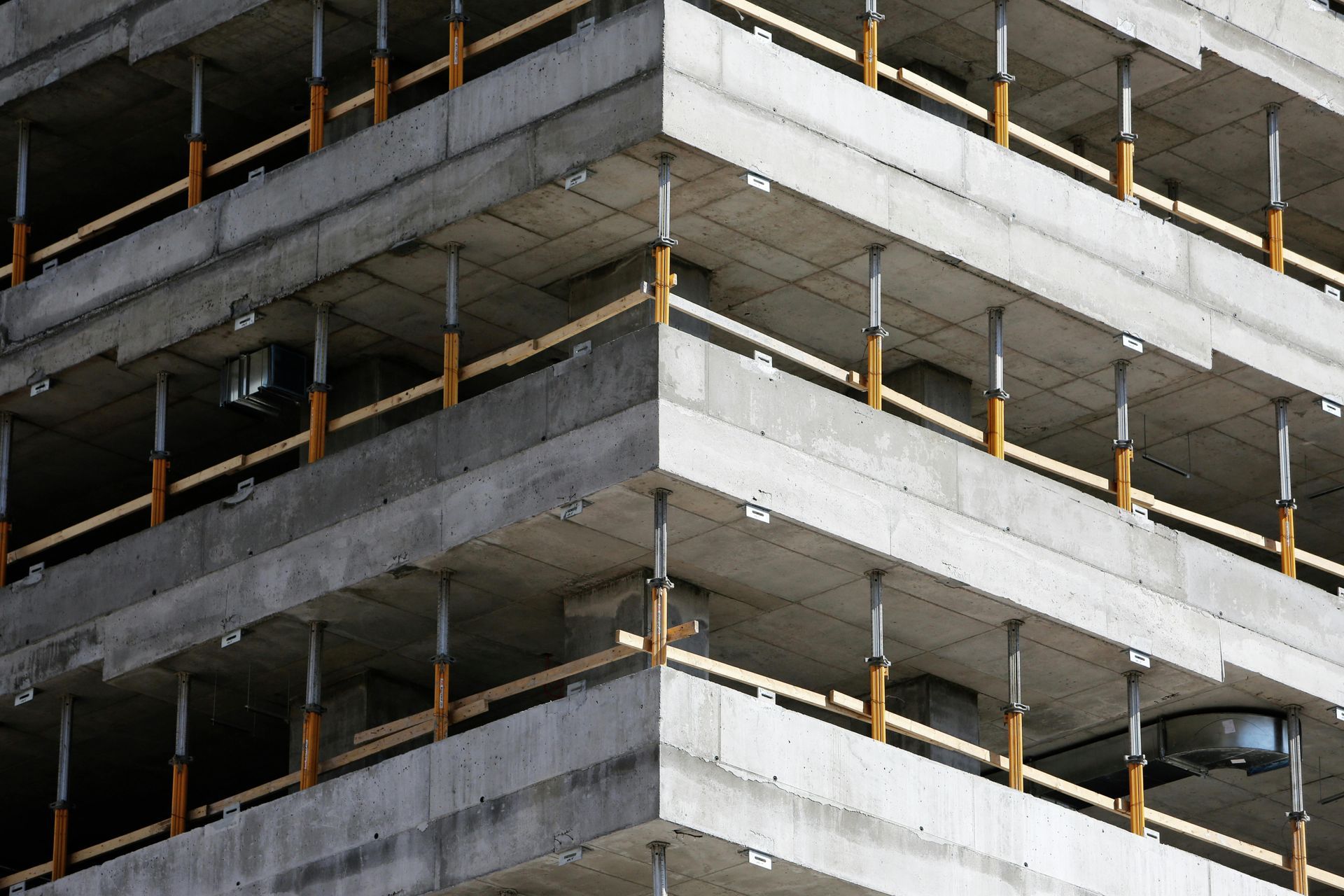How Green Retrofit Loans Are Changing Property Finance in 2025
Why Energy Efficiency Is Now Central to UK Mortgage Lending
Renovating property has always been one of the most reliable ways to increase value, improve rental returns, or transform a home to better suit your needs. In 2025, though, financing renovation projects requires more thought than ever. Lenders are cautious, costs remain elevated, and planning rules have tightened — yet the opportunities remain substantial for those who structure their borrowing correctly.
At Willow Private Finance, we see a growing number of clients exploring renovation not just as a lifestyle choice, but as an investment strategy. From light refurbishments on buy-to-let properties to major structural works requiring development finance, the right funding approach can mean the difference between a profitable uplift and a financial drain.
The Renovation Landscape in 2025
The UK property market in 2025 is defined by two contrasting forces. On one hand, rising build costs and stricter environmental regulations have increased the complexity of projects. On the other, there’s strong demand for high-quality, energy-efficient housing. Buyers and tenants alike are willing to pay more for properties that are renovated to modern standards.
This is why financing choices matter. For smaller projects — such as kitchens, bathrooms, or light cosmetic upgrades — you may be able to extend your current mortgage or consider a further advance. For larger works, such as extensions, conversions, or substantial structural changes, bridging finance or development finance may be more appropriate.
For more insight into how lenders assess properties with sustainability improvements, see our blog on Green Mortgages and Energy Efficient Properties.
Main Funding Routes
Further Advances and Remortgages
For homeowners, one of the most straightforward ways to fund renovations is via a further advance or a full remortgage. These options allow you to release equity from your property and use it to cover the works. However, the choice between the two depends on your current mortgage deal and whether it makes sense to switch.
If your fixed rate is coming to an end, or if you’re already paying a higher variable rate, a remortgage could be a way of both securing a competitive new deal and unlocking funds. For more detail, see our post on Is It Time to Remortgage? Signs to Watch.
Bridging Finance
For time-sensitive projects, bridging loans remain one of the most flexible tools. These short-term facilities can be arranged quickly and allow you to begin work immediately, with repayment structured around either a remortgage, property sale, or long-term refinance once the project is complete.
Bridging loans are particularly popular when buying a property that isn’t currently mortgageable — for example, where it lacks a working kitchen or bathroom. Once works are complete, you can then exit onto a standard residential or buy-to-let mortgage. For a deeper dive, see our guide: Unlocking Capital with Bridging Loans.
Development Finance
For larger-scale renovations — such as converting a house into flats, building extensions, or tackling major structural works — development finance may be required. These facilities are typically structured to release funds in stages as works progress, and they often require a detailed plan, costings, and exit strategy.
The 2025 market has seen lenders focusing heavily on borrower experience and contingency planning. If you’re new to development, you may need to provide additional reassurances. Our blog on Development Finance in 2025: What’s Changed and What Lenders Want Now covers these issues in more depth.
Challenges in 2025
Lenders are scrutinising projects more closely than ever. They want to see not only the value uplift potential, but also how the works contribute to energy efficiency and compliance with regulations. Costs are also a sticking point. Inflation in materials and labour remains a challenge, and most lenders will want to see a healthy contingency built into your budget.
If your renovation is part of a buy-to-let strategy, note that lenders may take a different approach depending on whether you hold property personally or through a company. Our piece on SPVs vs. Trading Companies: What Landlords Must Know in 2025 explores this in detail.
How Willow Can Help
At Willow Private Finance, we help clients design renovation finance strategies tailored to their projects. Whether it’s releasing equity through a remortgage, structuring a bridging loan, or arranging staged development funding, we ensure the solution aligns with both your immediate requirements and your long-term financial goals.
We also support expat and international clients who may face additional hurdles when financing UK renovations. If this applies to you, see our insights on Remortgaging as a UK Expat or Expat Mortgages: A Step-by-Step Guide.
Frequently Asked Questions
How are green retrofit loans influencing property finance in 2025?
Green retrofit loans enable owners to fund energy-efficiency upgrades and renewable installations (e.g. insulation, solar panels, heat pumps), and lenders are increasingly linking them to favourable mortgage terms.
Can lenders offer better rates or LTVs for properties undergoing retrofit?
Yes — if the retrofit plans meet ESG targets, lenders may provide improved interest rates, higher loan-to-value, or green mortgage packages as incentives.
What types of upgrades typically qualify for retrofit financing?
Qualifying upgrades often include insulation (walls, roofs), double/triple glazing, efficient heating systems, renewable power (solar, geothermal), battery storage, and ventilation/air quality improvements.
How is the retrofit loan repaid — with or alongside the mortgage?
It depends: the retrofit loan may be added to the mortgage as a top-up, a second charge, or a standalone facility, depending on the lender’s policy and the strength of the retrofit case.
What criteria do lenders use to assess retrofit proposals?
Lenders assess projected energy savings, cost-benefit models, technical appraisal/engineering reports, contractor credentials, compliance with local regulation, and ongoing performance monitoring.
Are green retrofit loans available for rental or buy-to-let properties?
Increasingly so — many lenders now accept retrofit loans for investment properties, provided that rental yields support the additional debt and ESG criteria are met.
What risks should borrowers watch with retrofit financing?
Risks include cost overruns, underperformance of energy savings, regulatory changes, and technical obsolescence. Lenders often require contingency reserves and proof of contractor warranties.
📞 Want Help Navigating Renovation Finance?
Book a free strategy call with one of our mortgage specialists.
We’ll help you find the smartest way forward — whatever your project size.

About the Author: Wesley Ranger
This article was written by Wesley Ranger, Director at Willow Private Finance. Wesley leads our team of specialist brokers, supporting clients in the UK and internationally. Over his career, he has arranged complex and high-value property finance transactions ranging from bespoke residential mortgages in the hundreds of thousands to structured facilities exceeding £100 million for major developments.
Wesley has particular expertise in helping landlords and developers navigate the growing influence of green finance and sustainability requirements. His whole-of-market approach ensures clients secure tailored strategies that not only meet immediate financing needs but also align with long-term asset value and regulatory compliance.
Important Notice
Willow Private Finance Ltd is authorised and regulated by the Financial Conduct Authority (FCA No. 588422). The information contained in this article is provided for general guidance and information purposes only and does not constitute personal financial advice. Property finance products are subject to status, affordability, and lender criteria, and may not be suitable for all borrowers. Rates, terms, and product availability can change without notice. You should seek regulated, tailored advice before making any financial decisions. Your home or property may be repossessed if you do not keep up repayments on your mortgage or any other debt secured against it.










